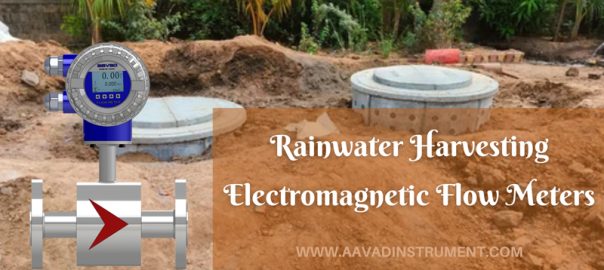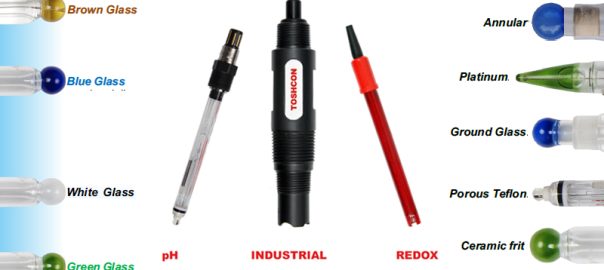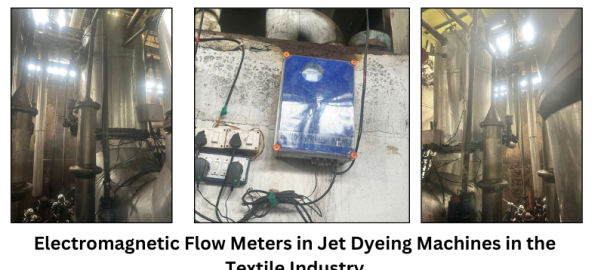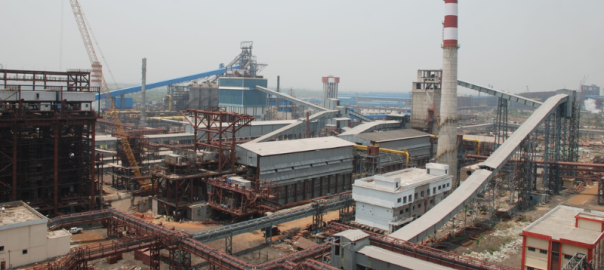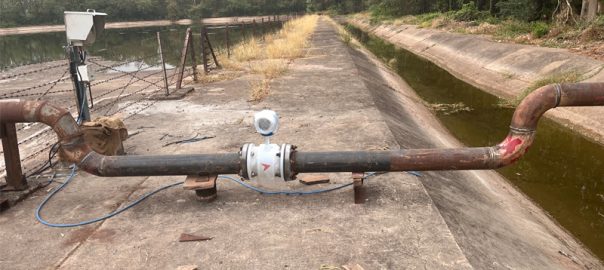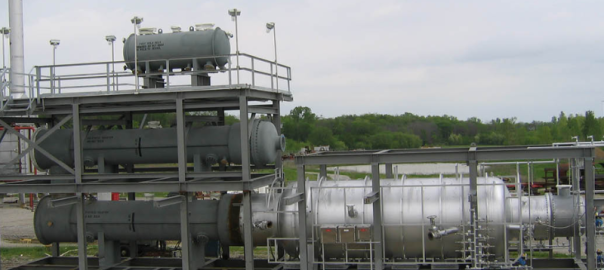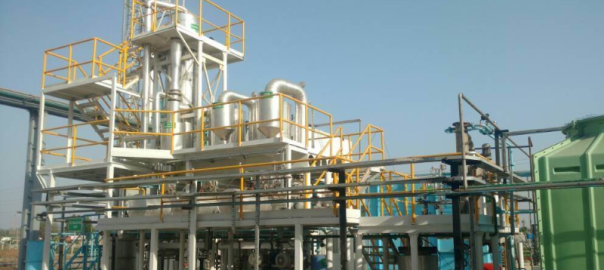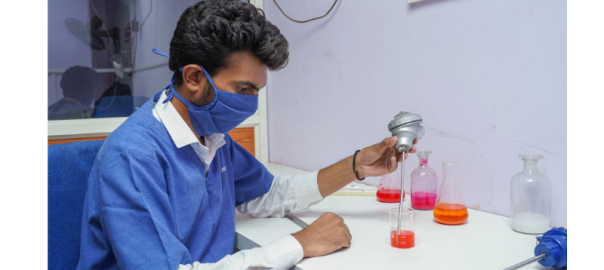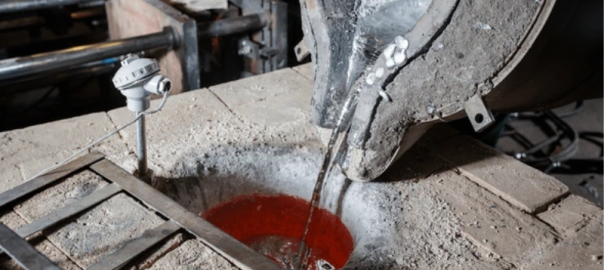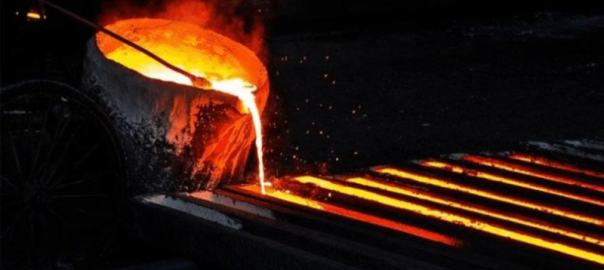
Dyeing and printing processes play a crucial role in the textile industry, where precise temperature control is essential for achieving desired color fastness and ensuring consistent quality. Real-time temperature monitoring is a critical aspect of these processes to prevent color variations, reduce waste, and improve overall efficiency. In this blog post, we will explore the application of Resistance Temperature Detector (RTD) sensors in dyeing and printing textile mills and how they can revolutionize temperature control and quality assurance.
Accurate Temperature Measurement:
RTD sensors are widely recognized for their exceptional accuracy and stability in temperature measurement. They offer a higher degree of precision compared to other temperature sensors such as thermocouples. By incorporating RTD sensors into various stages of dyeing and printing processes, textile mills can ensure precise and reliable temperature monitoring, enabling them to achieve consistent and reproducible results.
Process Optimization:
The dyeing and printing processes involve multiple stages, including pre-treatment, dye application, and fixation. Each stage requires specific temperature conditions for optimal color development and fixation. By employing RTD sensors, textile mills can closely monitor and control the temperature at every step, leading to improved process efficiency and reduced production time. The accurate temperature data collected by RTD sensors can be analyzed to identify any variations or deviations, enabling timely adjustments and reducing the likelihood of defective products.
Energy Efficiency:
Maintaining a constant and accurate temperature in dyeing and printing processes is not only essential for product quality but also for energy efficiency. RTD sensors facilitate precise temperature control, allowing textile mills to optimize energy consumption by avoiding unnecessary heating or cooling cycles. By minimizing temperature fluctuations and maintaining stable conditions, RTD sensors contribute to significant energy savings, lowering operational costs and enhancing sustainability.
Quality Assurance:
Consistency is a crucial factor in the textile industry, especially in dyeing and printing, where color uniformity across batches is vital. RTD sensors enable real-time temperature monitoring, ensuring that the desired temperature range is maintained throughout the process. By closely controlling the temperature, textile mills can prevent color variations, reduce the likelihood of defects, and improve overall product quality. This level of quality assurance enhances customer satisfaction, strengthens brand reputation, and opens doors to new business opportunities.
Compliance with Regulations:
Textile mills must adhere to various industry regulations and standards governing dyeing and printing processes. Accurate temperature control and monitoring, as facilitated by RTD sensors, help ensure compliance with these regulations. By having precise temperature data readily available, mills can demonstrate their commitment to quality control, traceability, and environmental standards, making it easier to pass audits and meet regulatory requirements.
Remote Monitoring and Automation:
RTD sensors can be integrated into a centralized monitoring system, allowing textile mills to remotely monitor and control temperature conditions. This capability is particularly beneficial for large-scale operations or mills with multiple production units. Remote monitoring enables real-time data analysis, proactive troubleshooting, and timely intervention in case of temperature deviations, thereby enhancing operational efficiency and minimizing downtime.
Maintenance and Calibration:
RTD sensors are known for their long-term stability and minimal drift. However, periodic calibration is still necessary to ensure accurate temperature readings. Many RTD sensors come with calibration features that simplify the process, allowing textile mills to maintain optimal sensor performance. By implementing regular calibration procedures, mills can uphold temperature accuracy, prolong sensor lifespan, and minimize production errors caused by inaccurate measurements.
Integration with Process Control Systems:
Integrating RTD sensors with process control systems enables seamless automation and precise temperature regulation. By connecting RTD sensors to programmable logic controllers (PLCs) or distributed control systems (DCS), textile mills can achieve tighter control over temperature profiles, set up automated temperature adjustments, and even implement closed-loop control algorithms. This integration streamlines the production process, reduces manual intervention, and enhances overall process stability.
Hazard Prevention:
In dyeing and printing processes, temperature control is not only essential for color development but also for safety. RTD sensors can contribute to hazard prevention by monitoring and alerting operators in case of overheating or abnormal temperature conditions. This early warning system can help prevent equipment damage, fire hazards, or other potential safety risks, ensuring a safe working environment for employees and protecting valuable machinery.
Data Analysis and Process Optimization:
RTD sensors generate a wealth of temperature data that can be analyzed to identify patterns, trends, and correlations. By leveraging data analytics tools, textile mills can gain valuable insights into process behavior, identify areas for improvement, and optimize process parameters. Data-driven decision-making can lead to increased efficiency, reduced waste, and improved overall performance, allowing mills to stay ahead in a highly competitive market.
The application of RTD sensors in dyeing and printing textile mills brings numerous advantages, ranging from improved process efficiency and energy savings to enhanced product quality and regulatory compliance. Real-time temperature monitoring and control provided by RTD sensors enable mills to achieve consistent color results, reduce waste, and optimize production operations. Embracing this technology is a significant step towards elevating the efficiency and competitiveness of textile mills in the dynamic and demanding textile industry.

